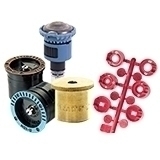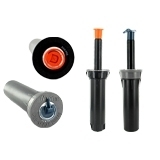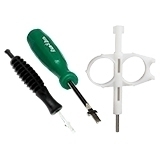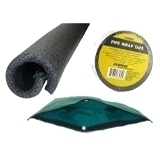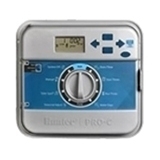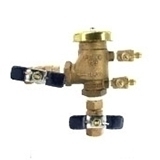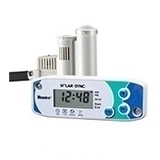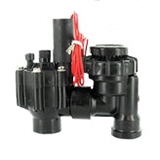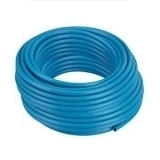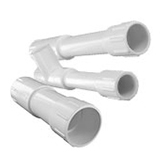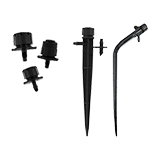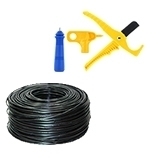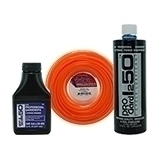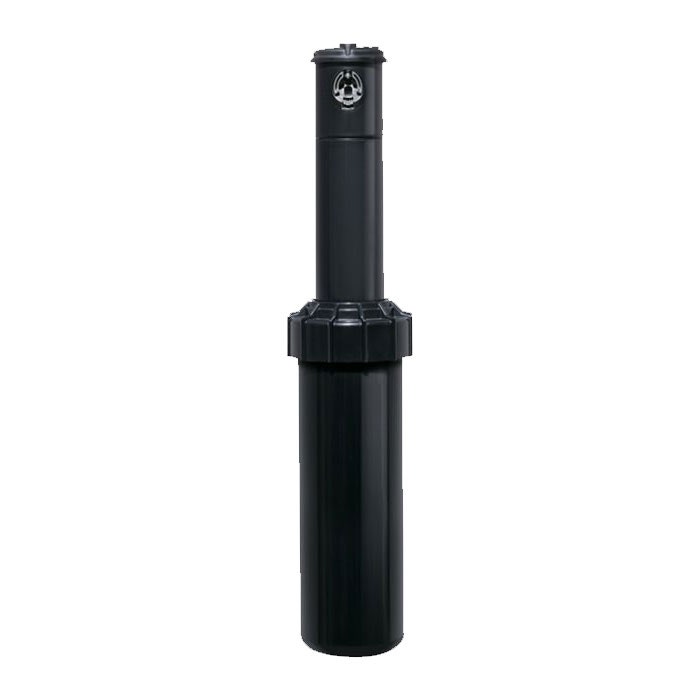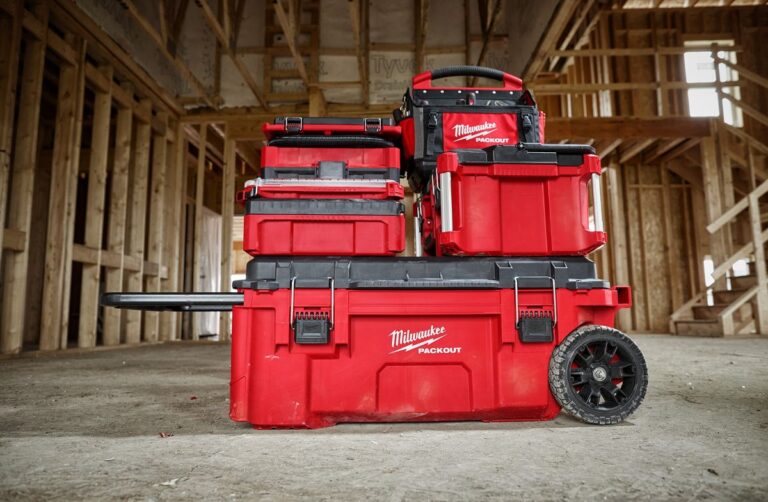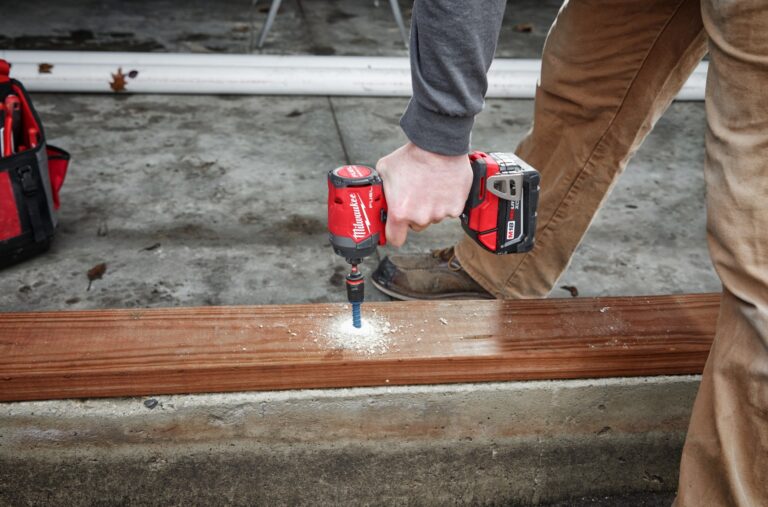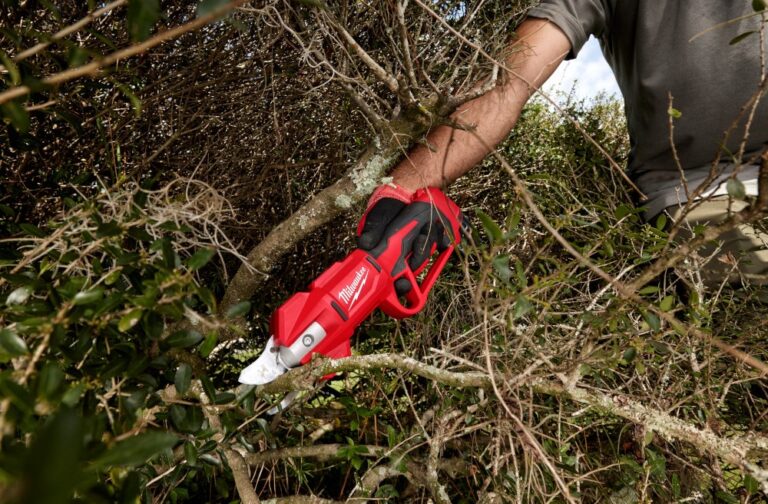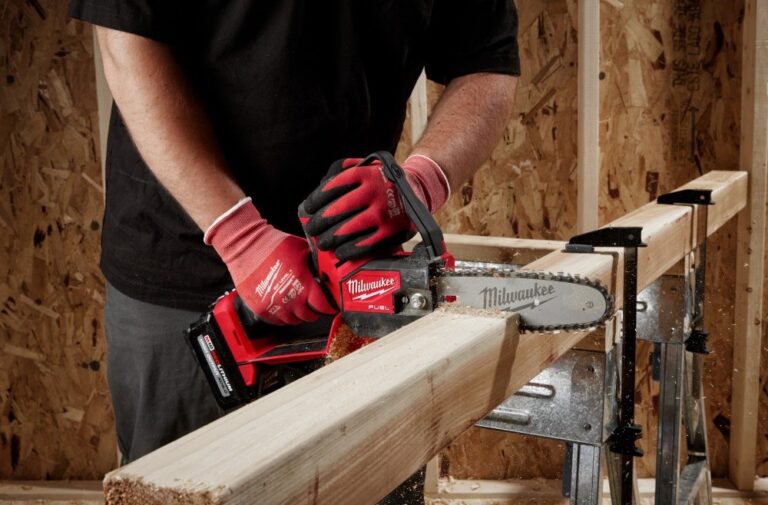Table of Contents: Sidewalk Sleever – How to Use
When you’re installing or expanding a sprinkler system, crossing a sidewalk or driveway can be a real headache. Digging up concrete is expensive—and unnecessary.
That’s where a sidewalk sleever comes in. This handy tool lets you tunnel under the concrete and run pipes, wires, or drainage lines cleanly and safely. Here’s everything you need to know about using a sidewalk sleever for your next DIY lawn and sprinkler project.
What Is a Sidewalk Sleever?
A sidewalk sleever is a durable PVC or HDPE pipe designed to tunnel under sidewalks or driveways. It creates a protected pathway for irrigation lines, control wires, or drainage, so that you can connect both sides of your yard without cutting through concrete.
How to Use a Sidewalk Sleever for Home Irrigation
Most sleever kits are installed using a water-powered boring tool, which uses high-pressure water to carve a path through the soil.
But if you don’t have one, you can still install the sleever manually by using a garden hose with a jet nozzle or by working the sleever itself through the soil with steady pressure. It takes more effort, but it’s still a DIY-friendly project.
Step 1: Choose the Right Size and Material
Sidewalk sleevers typically come in 2″ or 3″ diameters and range from 10 to 20 feet long. Choose a size that fits your irrigation pipe or wire, and leave extra room for future use. When in doubt, go bigger.
Look for sleevers made of HDPE or schedule 40 PVC—both strong, long-lasting materials that hold up underground.
Step 2: Locate Your Entry and Exit Points
Mark where your irrigation line needs to cross under the sidewalk. Ideally, you’ll want to dig straight across—not diagonally. Clear both sides of the sidewalk and measure the width. Mark your entry and exit points with spray paint or flags.
Step 3: Dig Trenches on Both Sides
Use a shovel to dig two small trenches—one on each side of the sidewalk—just deep enough to match the depth of your irrigation line (typically 6–12 inches). You’ll be inserting the sleever through this space.
If you’re using a water-powered boring tool (often included with sleever kits), make sure the trench is wide enough to hold a hose and provide room to work.
Step 4: Bore Under the Sidewalk
If you’re using a water-powered boring tool, connect your garden hose and insert the tool at one end of the trench. Turn on the water and let it blast a path through the soil beneath the concrete.
If you’re working manually, insert the sleever itself into the soil and slowly push it through. Twist as needed, and apply steady pressure until it reaches the other side. Either method can work—just go slow and be patient.
Step 5: Run Your Lines
Once the sleever is in place, feed your irrigation pipe, control wire, or drip tubing through it. You’ll want to leave the sleever in place once underneath; it protects your lines from crushing or shifting over time and makes any future upgrades easier, with no new digging required.
Step 6: Backfill and Test
Fill in the trenches on both sides, tamp down the soil, and test your irrigation system to ensure everything’s flowing correctly. If you’re installing electrical components (like low-voltage lighting), be sure to follow local code and safety practices.
Keep a record of where your sidewalk sleeve is located—’future you’ will thank you during your next landscape upgrade.
DIY with Sidewalk Sleevers: Lawn and Sprinkler
A sidewalk sleever is one of the easiest ways to expand your irrigation or landscape system without tearing up concrete. With a bit of planning and the right approach—powered or manual—you can get the job done in a single afternoon.
FAQs for Sidewalk Sleever Boring Tools
How to easily bore under a sidewalk?
The easiest way to bore under a sidewalk is by using a water-powered boring tool or pressure washer with a jet nozzle. Dig trenches on both sides, then use high-pressure water to carve a tunnel while feeding a PVC or HDPE sleever pipe through the opening.
How to run drainage under a sidewalk?
Use a sidewalk sleever or conduit to create a protected path beneath the sidewalk. Insert the sleever using a boring method, then run your drainage pipe through it to connect downspouts or redirect surface water.
Can I install a sidewalk sleever without special equipment?
Yes. While water boring tools make it easier, you can manually dig a shallow channel and use a hammer or steel rod to help push the sleever through loose soil. It takes more time and effort but is still DIY-friendly.
If you want to stay up-to-date on the latest Sprinkler Warehouse news and make the most of all of our one-of-a-kind promotions, join the IrriGator community today. Happy watering, IrriGators!


